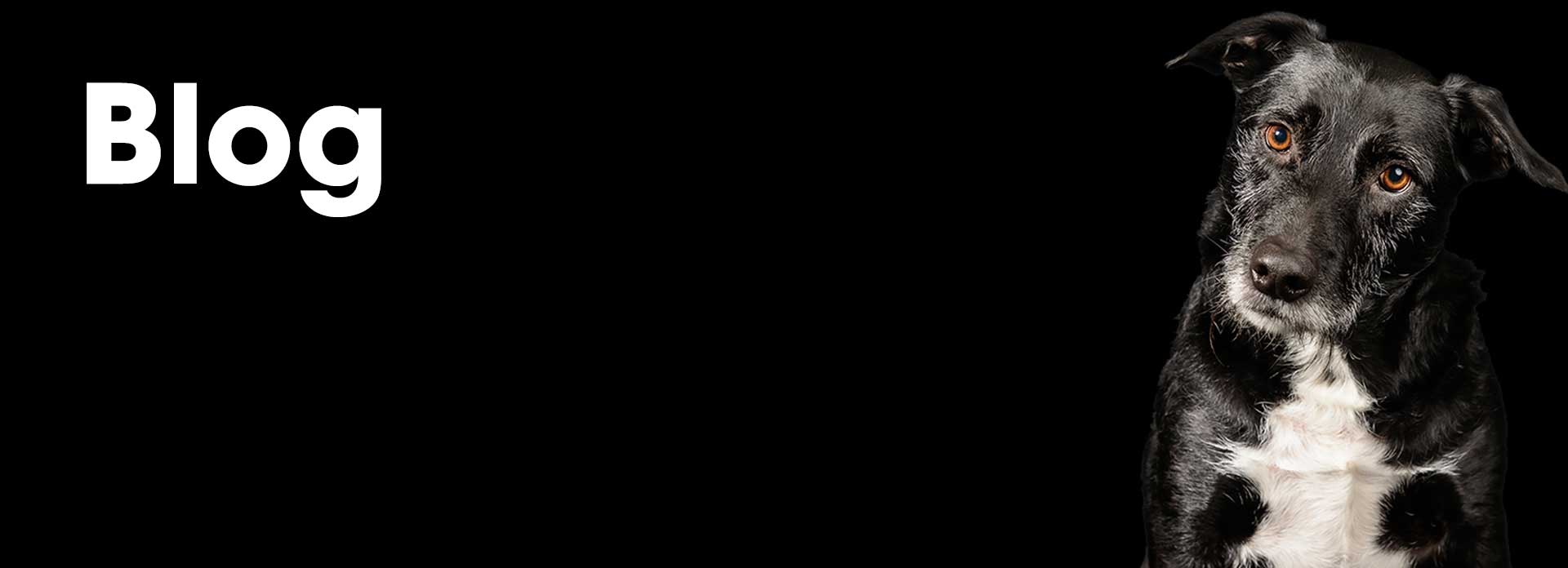If you’ve watched videos of dog agility competitions, you’ve seen dogs race through a complex, demanding course in record times. Though offering your own dog agility training may not produce a canine champion, the training will provide enjoyable exercise and mental stimulation for you and your dog and can build your dog’s strength, coordination, flexibility, balance, focus, and confidence.
Unlike the essential canine commands such as “come,” “sit,” and “drop it,” agility training is not necessary, but is just plain fun for both of you. Neither you nor your dog needs to stress about perfection or speed or anything else. Keep each agility activity short—5 to 10 minutes at most—and stop before your dog loses interest. Remember that you’re not training your dog to compete against other dogs. Instead, you’re having a delightful time together while you’re enhancing your dog’s life and their bond with you.
Veterinarians advise that agility training should not begin until a dog is fully grown—usually about 12 to 18 months of age, depending on the breed. Very high-impact exercise can harm young, growing bones and joints. So wait until your dog is grown up before you start this training.
To begin agility training, you don’t need elaborate or expensive equipment. Use what you have on hand, and make sure your dog won’t be injured by rough edges or wobbly surfaces. Each time your dog comes close to doing what you want them to do, praise them and offer a small treat.
- Set up a sturdy box that’s strong enough to bear your dog’s weight. Encourage your dog to jump up on the box and sit there for a short time (3 to 5 seconds). Ask your dog to jump down from the box and return to sit in front of you. Reward your dog with a treat and your enthusiastic approval.
- Flip the box on its side and lure your dog into it using a treat if necessary. When the dog has mastered that maneuver, turn the box right side up and ask the dog to get into it. You can make a line of boxes and teach the dog to hop from one box to the next one.
- To give your dog the fun of running through a tunnel, you can begin by draping a blanket over two low objects, such as chairs, and invite them to walk beneath the blanket to the other side. As your dog gets used to this activity, widen the distance between the chairs so that the blanket “tunnel” grows longer.
- You can set up jumps for your dog using a broomstick or other pole-shaped item placed across two low, sturdy supports such as boxes or flower pots. Be sure the pole will fall if your dog hits it so he won’t get hurt. When the dog succeeds jumping over the low pole, you can gradually increase the height an inch at a time. Later, you can set up a series of jumps for him.
- In agility competitions, weave poles are probably the most challenging obstacles for dogs. To train your dog at home, you can stick tomato stakes or similar-sized poles into the ground about 24 inches apart (or farther apart if your dog is quite large). Always make sure your dog enters between the first and second poles in the row from his left side.
- As your dog continues agility training, you may want to develop more varied and challenging obstacles. Though such obstacles can be purchased, you’ll have more fun building some of your own. Check out https://www.k9ofmine.com/diy-dog-agility-courses for clear DIY instructions and materials lists for building obstacles. The site also has links to videos and other helpful sources for you to explore.
No matter how simple or complex your obstacles are, the primary goal of agility training is to enhance your dog’s all-around health and enjoyment of interacting with you. Keep the agility training fun and positive so that both you and your dog can benefit from it.

